Israel-Palestine War: Gaza Through the Eyes of a Photographer Killed in an Air Strike
Photographer Majd Arandas tried to capture the beauty of everyday life in the Gaza Strip before Israeli bombing killed him on Wednesday
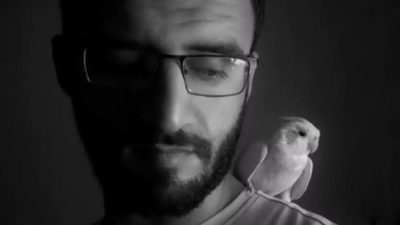
All Global Research articles can be read in 51 languages by activating the Translate Website button below the author’s name.
To receive Global Research’s Daily Newsletter (selected articles), click here.
Click the share button above to email/forward this article to your friends and colleagues. Follow us on Instagram and Twitter and subscribe to our Telegram Channel. Feel free to repost and share widely Global Research articles.
***
The wrinkled hands of an elderly Palestinian woman sifting through green olives; a young man somersaulting on a beach in Gaza; the blurry outline of a galloping peacock; blazing sunsets and rainbows descending on the Nuseirat refugee camp.
These are the everyday images of Gaza that Palestinian photographer Majd Arandas yearned for the world to see.
But on Wednesday, photographers from across the Middle East were in mourning after it emerged the 29-year-old was killed in an Israeli air strike.
To those who knew him, the self-taught photographer was an adoring uncle who loved his two nieces and the Mediterranean Sea that caresses Gaza’s shores.
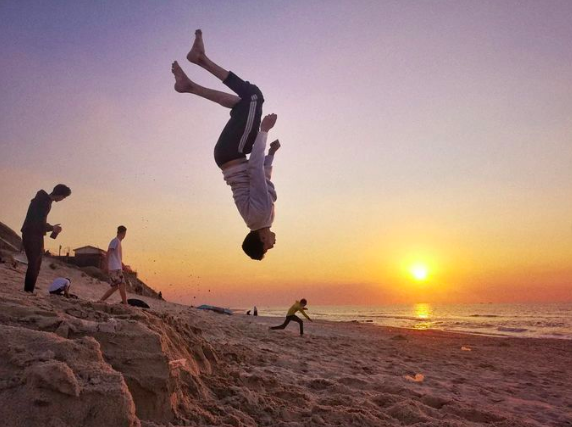
Arandas tried to capture everyday life, and the moments that defined Gazans beyond the lens of Israel’s occupation (Instagram: Majd Arandas)
He was born in 1994 in the Nuseirat refugee camp in the middle of the Gaza Strip.
In 2017 Arandas began photographing the world around him after watching YouTube tutorials and reading photography websites.
“His photography is very gentle, it comes from a tender eye,” said Rita Kabalan, a Lebanese-American photojournalist based in Beirut who became friends with Arandas through Instagram several years ago.
“You can tell that he was a sensitive person from his photography. It’s not jaded,” she added. “He was shooting with his instincts.”
One of Arandas’s most poignant photo series was about his late grandmother, Bahja.
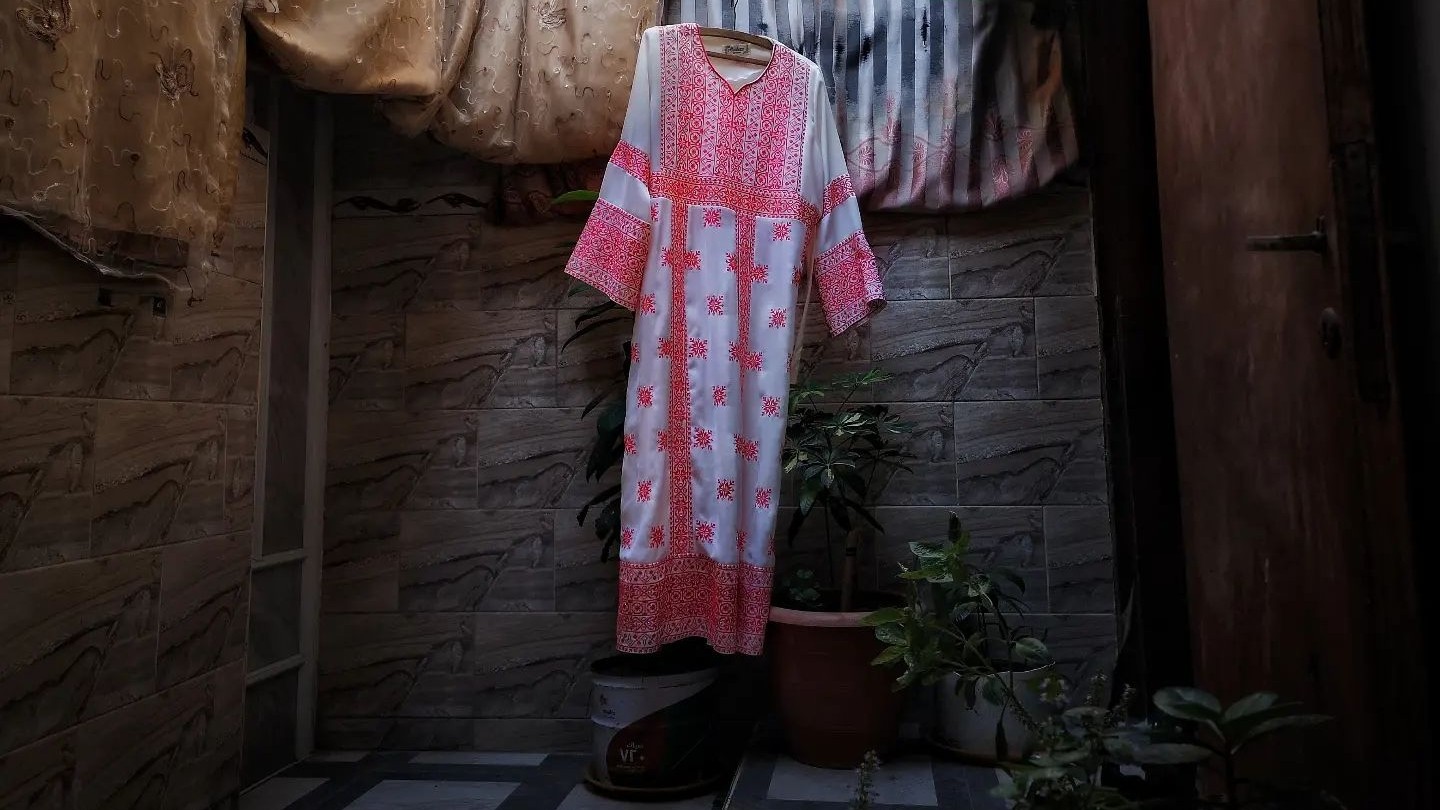
A tatreez embroidery dress belonging to Majd Arandas’s late grandmother, Bahja (Gulf Photo Plus)
Shot last year, the 86-year-old can be seen beaming as she shares her pride in the traditional Palestinian tatreez embroidery of her native town, Isdud, which she was forced to abandon during the Nakba catastrophe in 1948.
The series captures the vulnerabilities of a grandson’s love for his grandmother and also shows Bahja expressing her love for planting and nurturing trees and cooking outdoors away from the hustle and bustle of the refugee camp, where she moved after marriage in 1953.
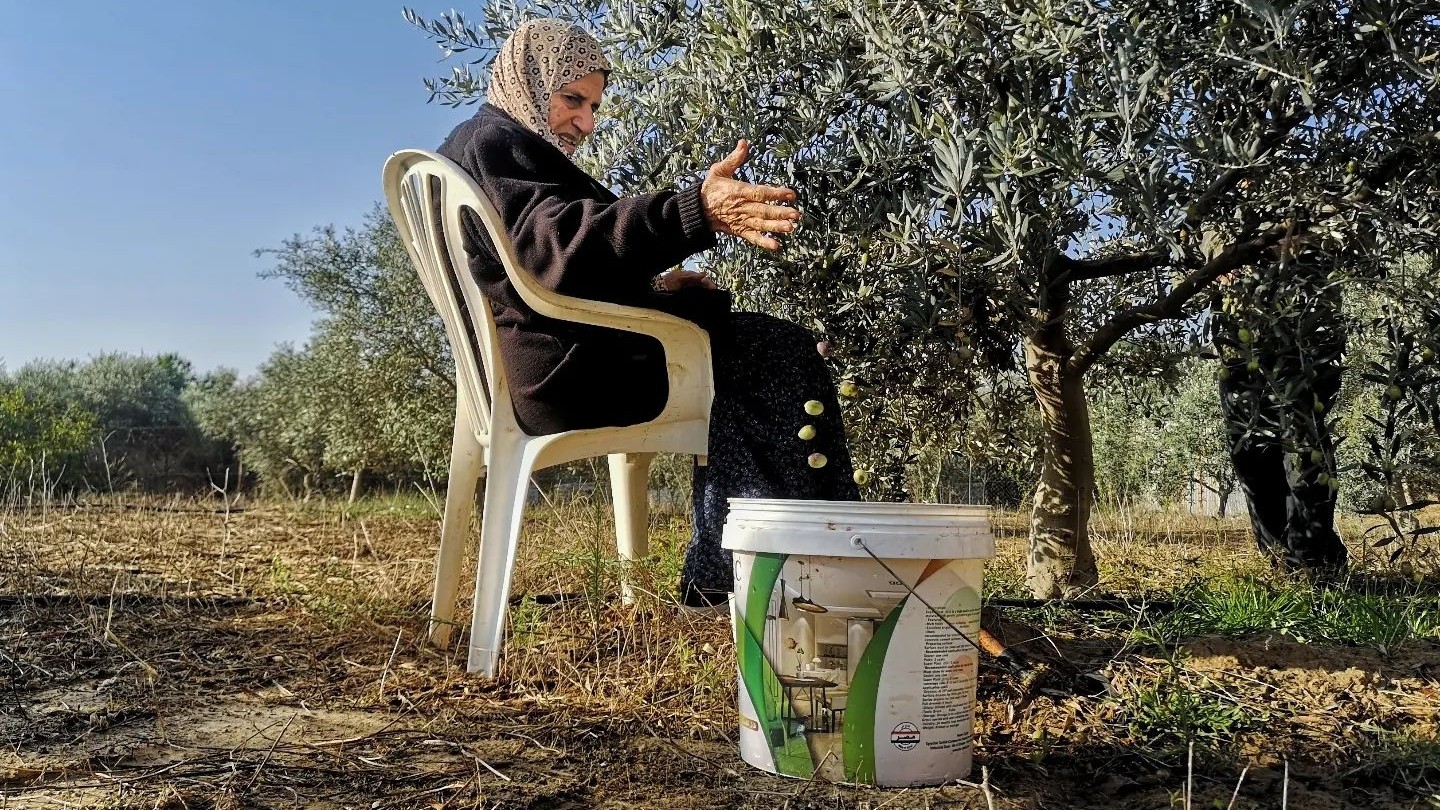
Arandas’s late grandmother, Bahja, was a child of the Nakba whose family was forced to leave their town of Isdud in 1948 (Gulf Photo Plus)
Before 7 October, Arandas – like most of Gaza’s residents – could not travel or pursue opportunities in the occupied West Bank or abroad because of Israel’s 17-year illegal blockade, which is part of the discriminatory system that leading human rights organizations – including Human Rights Watch and Amnesty International – have described as apartheid.
Unable to leave Gaza, Arandas was forced to nurture friendships beyond Gaza and establish professional connections online with people he was never able to physically meet.
Among those he connected with was Kabalan. The two became close friends after 4 August 2020, when an explosion in Beirut port killed 215 people and destroyed parts of the capital.
“There were these certain similarities between the two places that we lived that would make us laugh and bond,” Kabalan said of the electricity shortages and economic crises that have crippled both Gaza and Beirut.
“He had this ability to make you fall in love with him, even though you never met him in person,” Kabalan said of her friend.
“I don’t know if you become capable or learn to do that because you live in Gaza. Because there’s a blockade, and because you can’t meet your friends outside of Gaza in person, so you have this capability of being vulnerable and sharing so much of yourself.”
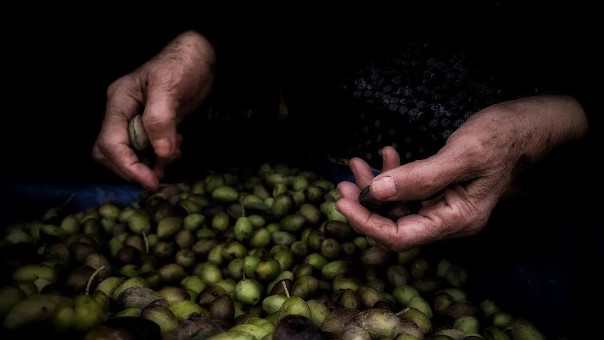
An elderly Palestinian woman sifts through a pile of olives (Instagram: Majd Arandas)
In 2018, Arandas volunteered for the Palestinian Red Crescent Society, where he photographed the work of ambulance crews as they treated the wounded in the Gaza Strip during the “Great March of Return” protest movement.
Israeli soldiers used live bullets on Palestinians protesting along the Gaza boundary, killing more than 200 peaceful demonstrators and wounding around 10,000.
On 7 October, a Hamas-led attack on Israeli communities near Gaza killed around 1,400 Israelis, the majority civilians, many of them children.
Since then, Israel has waged a relentless bombing campaign, killing more than 9,000 Palestinians, including over 3,600 children. This week it began a ground offensive.
Gaza once again became a scene of horror, with the world relying on local journalists because the international media are locked out of the coastal enclave.
Unfortunately, Arandas had been forced to sell his camera because of the crippling economic situation in Gaza, which was caused by the Israeli blockade.
However, with the onset of hostilities, he began using the camera on his phone to document the war.
“Gaza is as dark as a ghost town. There has been no electricity for days,” Arandas said in one message to Kabalan on 15 October, attaching a video showing Gaza plunged into darkness. The only light appeared from a skyline ablaze with Israeli air strikes.
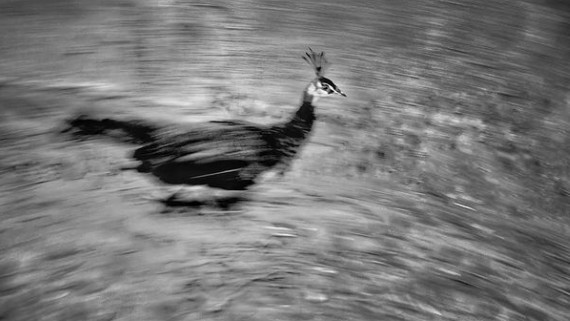
Arandas’s Instagram account is full of photos that capture everything from flowers on gravesides, women strolling on a beach in Gaza, to running peacocks (Instagram: Majd Arandas)
With the sound of warplanes and shelling in the background, Arandas often sent videos of his two nieces to Kabalan.
“We do the impossible to distract the children so that they are not afraid of bombing,” he said in one WhatsApp message to her. “Play with them, watch YouTube, make them draw and discharge their energy with this stuff.”
Maen Hammad, a Palestinian photographer based in the occupied West Bank, described Arandas as the “kindest, most compassionate photographer in Gaza”.
“He was a storyteller who liked showing and exploring the life that Palestinians had, by showing images of kids jumping and playing,” Hammad told Middle East Eye.
“He was an amazing uncle to two beautiful nieces, who to this point we don’t even know if they are alive. He was a human who deserved to grow old in his country, to be free in his country, to meet his colleagues, and to tell his story.”
MEE could not verify where Arandas was killed, or whether anyone else was slain or wounded alongside him.
Two weeks before he was killed, Arandas was asked by Gulf Photo Plus, a photography centre in Dubai, to record himself speaking about his experiences as a photojournalist in Gaza for an event.
“I have documented Israeli bombs that have targeted civilian homes. Homes that are full of women, children, and the elderly,” Arandas said in the voice note.
In one message, he described seeing the bodies of decapitated children killed by an Israeli air strike. “Oftentimes, I cannot bring myself to document these scenes because of how ugly they are. Emotionally, I am incapable of handling what my eyes see.”
The center’s director, Mohamed Somji, asked Arandas if there were any photos from Gaza that he wanted the centre to exhibit.
“The photos were of destruction and the devastation in Gaza,” Somji said of Arandas’s initial submissions. “But then Majd wrote to me, saying: ‘Mohamed, I don’t want to share these photos. I want to share photos of resistance and life.’”
Watching his fellow Gazans eating zaatar and cheese, charging their phones, and laughing in spite of the bombings all around them, Arandas chose instead to submit photos capturing the everyday life of Palestinians.
“So that the world can see the beauty of Gaza despite the hardships [its people] endure,” Arandas said in his voice note.
“It’s a strange thing,” Arandas said in one of his last messages to Somji. “I saw children playing, men talking, people together. This is what happens despite everything we are going through.”
At least 36 journalists and media workers have been killed in Gaza since 7 October, according to the Committee to Protect Journalists. The majority of them were Palestinian.
In response, Somji and other fellow photographers based in the Middle East set up an informal support network online so that they could regularly check in on their Palestinian peers in Gaza and the West Bank.
As Israel’s bombardment of the Gaza Strip intensified amid global protests and increasing calls for a ceasefire from around the world, Arandas told Somji in one message that he felt “broken”.
“At this moment, I am alive, but I don’t know if I will survive or if my turn will come and I will be killed by the Israeli occupation army terrorists,” Arandas said in one of his final messages.
“Throughout this ordeal, he was just so composed and humble,” Somji said of Arandas, whom he spoke with almost daily on WhatsApp before he was killed.
“He would always like all my stories on Instagram and then when that stopped, I knew that something was wrong,” Somji added.
“I take comfort in knowing that he is reunited with his grandmother.”
*
Note to readers: Please click the share button above. Follow us on Instagram and Twitter and subscribe to our Telegram Channel. Feel free to repost and share widely Global Research articles.
Featured image: Majd Arandas’s death has been mourned across the Middle East by colleagues he was never able to meet in person (Source: MEE)

